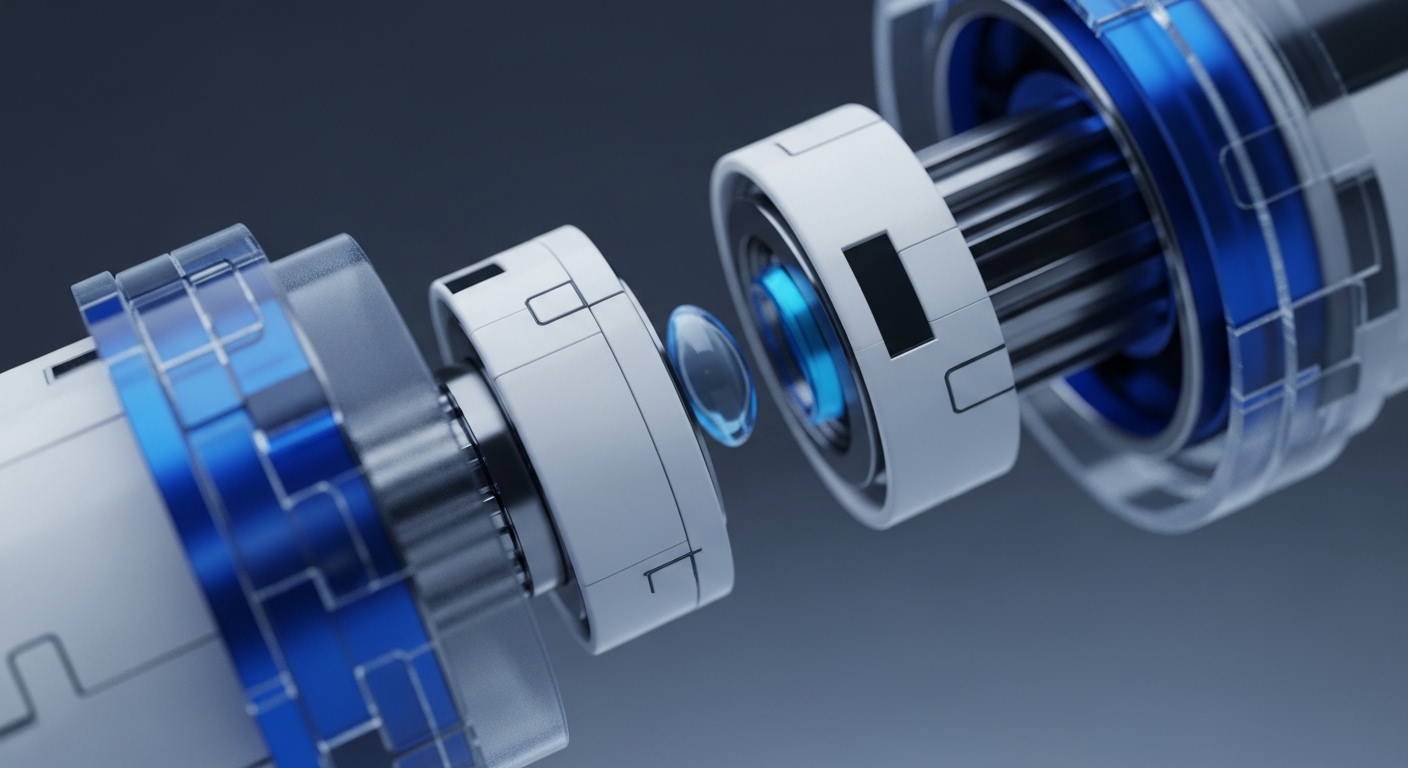
Briefing
Current zero-knowledge proof systems, while powerful, face significant prover speed and communication bottlenecks, hindering their practical deployment, especially for complex computations on blockchains. The PIPFRI scheme introduces a novel FRI-based multilinear polynomial commitment system featuring a “shred-to-shine” technique, which fundamentally re-architects proof generation. This breakthrough dramatically accelerates proof creation and reduces communication overhead, paving the way for more efficient and scalable zero-knowledge-enabled blockchain architectures.

Context
Before PIPFRI, polynomial commitment schemes, while central to Zero-Knowledge Proofs (ZKPs) like STARKs, often presented a trade-off between proof size, verifier efficiency, and the computational cost for the prover. The prevailing theoretical limitation was the challenge of significantly reducing prover time without compromising the succinctness or verifiability essential for widespread blockchain adoption.

Analysis
PIPFRI introduces a new multilinear polynomial commitment scheme that leverages the Fast Reed-Solomon Interactive Oracle Proof of Proximity (FRI) protocol. Its core innovation lies in the “shred-to-shine” technique, which conceptually transforms how polynomial data is processed and committed. This method allows for a more efficient decomposition and aggregation of polynomial evaluations, significantly reducing the computational burden on the prover. Unlike prior FRI-based approaches, PIPFRI optimizes the underlying data structure and processing flow, leading to substantially faster proof generation while maintaining the cryptographic security and compact proof sizes characteristic of advanced ZKPs.

Parameters
- Core Concept ∞ Multilinear Polynomial Commitment Scheme
- New System/Protocol ∞ PIPFRI
- Key Technique ∞ Shred-to-Shine
- Prover Speed Improvement ∞ 25x faster
- Communication Reduction ∞ 7x less
- Authors ∞ Weihan Li, Zongyang Zhang, Boyuan Gao, Xuyang Song, Sherman S. M. Chow, Yanpei Guo, Yi Deng
- Source ∞ IACR ePrint Archive

Outlook
The advancements introduced by PIPFRI suggest a future where zero-knowledge proofs can be deployed with unprecedented efficiency across a broader range of applications. In the next 3-5 years, this could unlock truly scalable and private blockchain solutions, enabling complex on-chain computations, private DeFi, and verifiable off-chain execution with significantly lower latency and cost. Further research will likely explore integrating PIPFRI into existing ZKP frameworks, optimizing its implementation for diverse hardware, and investigating its potential for new cryptographic primitives that require highly efficient polynomial commitments.

Verdict
PIPFRI’s profound improvements in polynomial commitment efficiency represent a pivotal advancement, fundamentally enhancing the practical viability of scalable zero-knowledge proofs for future blockchain architectures.
